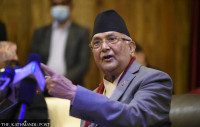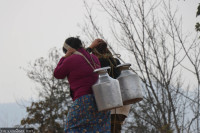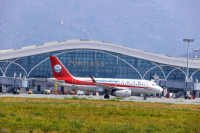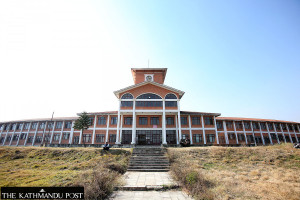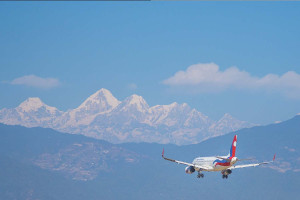Editorial
Making Kathmandu cool again
A new study makes a strong case for a greener development of Kathmandu Valley.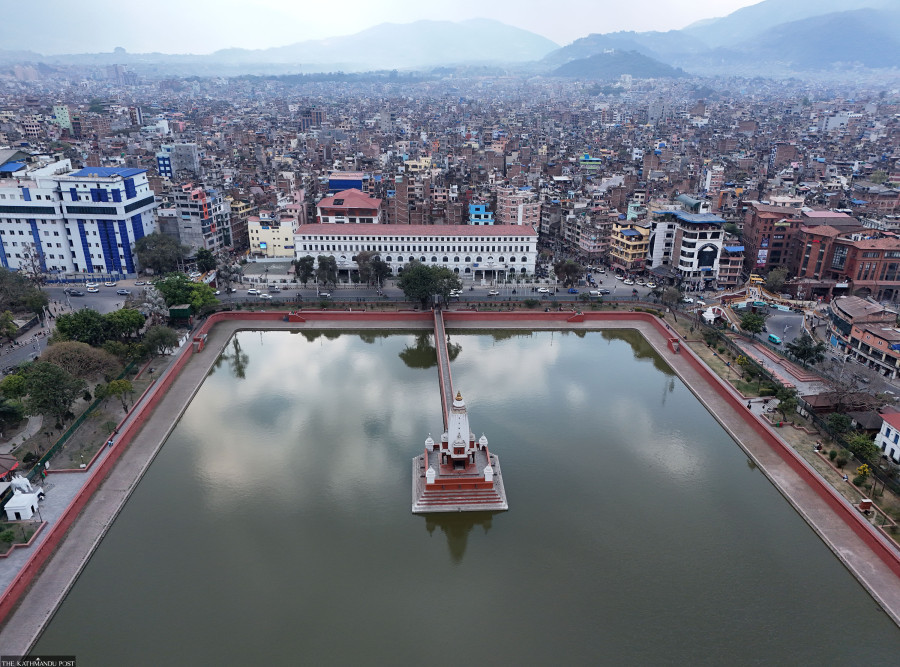
Urban heat was unheard of in the Kathmandu Valley, which was once dotted by greenery, lush paddy fields and open spaces. Residents enjoyed a moderate climate throughout the year. However, rapid urbanisation following the democratic revolution in 1990 turned the Valley into a concrete jungle, significantly raising local temperatures. A recent study published in the journal Urban Climate paints an alarming picture: Since 1976, Kathmandu’s average temperatures have increased by 0.38 degrees Celsius decade-on-decade, and the urban core is usually 2-3 degrees hotter than the outskirts. Kathmandu has thus become a sad case of how haphazard construction, dense industrial sites, and the destruction of natural heat absorbers—ponds, wetlands, trees and green space—can make a city increasingly uninhabitable.
Extreme heat leads to several immediate health complications, including heat stroke, diarrhoea, vomiting, fatigue and urinary infections. According to the World Health Organisation, it worsens cardiovascular disease, diabetes, mental health and asthma. Heatwaves impede people’s ability to work effectively, and affect daily wage workers and farmers, children, pregnant women and elderly people to an even greater extent. Prolonged exposure to heat also claims many lives each year.
But heat waves can be managed with nature-based urban planning. The same study reveals that Kathmandu’s forests, parks and ponds could cool the urban heat by as much as 1.6 degrees Celsius. Analysing 301 parks, 130 forest patches and 26 ponds in the Valley through satellite data over five years, researchers concluded that Kathmandu’s built-up areas are warmer than those with blue-green spaces. For instance, while the city core recorded 36.0 degrees Celsius, the Swoyambhu forest’s heat stood at 31.9 degrees. Likewise, the temperature at Na Pukhu, a traditional pond in Bhaktapur, was 39.6 degrees Celsius against 42.5 degrees in the surrounding urban zones, and Ranipokhari was cooler by 2.7 degrees than nearby streets. Forest areas of Kathmandu, it turns out, are the most effective natural cooling agents, as they can absorb up to 1.2 degrees of heat.
These findings nudge us to reconsider the importance of our natural blue-green spaces in mitigating the impacts of extreme temperatures. But in our context, trees are being felled, ponds are neglected and parks are shrinking from poor oversight. Further, excessive pollution has depleted soil moisture levels by an average of 2.1 percent in the past decade. When forest areas are doubled in urban areas, they can boost the natural urban cooling process, but our development activities often come at the cost of precious trees and green spaces.
We must take cue from such studies and work to reduce the effects of urban heat. Steps like preservation of mature trees, more tree plantation programmes, increasing tree canopies at parks and reviving natural reservoirs can do wonders. Such strategies will not only reduce the strain on public health systems but also cut the energy demand for artificial cooling in the Valley. As vital is integrating natural cooling strategies in urban development activities and policies. Successive governments and even local representatives have promised people parks, trees and open spaces—yet the pledges tend to be quickly forgotten. Kathmandu will be cooler and more livable only when nature and humans can coexist. We don’t have to go far for inspiration: Just look at recent green initiatives of cities like Mumbai and Hyderabad in next-door India.




 16.12°C Kathmandu
16.12°C Kathmandu
